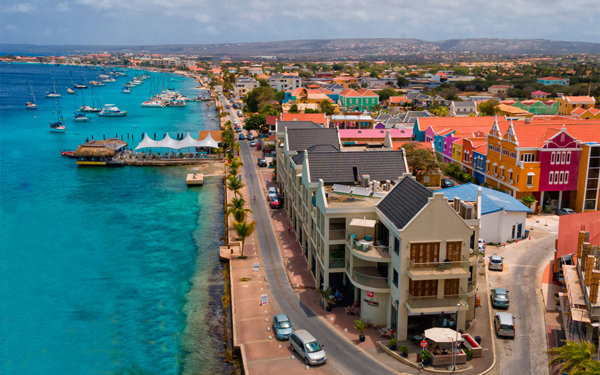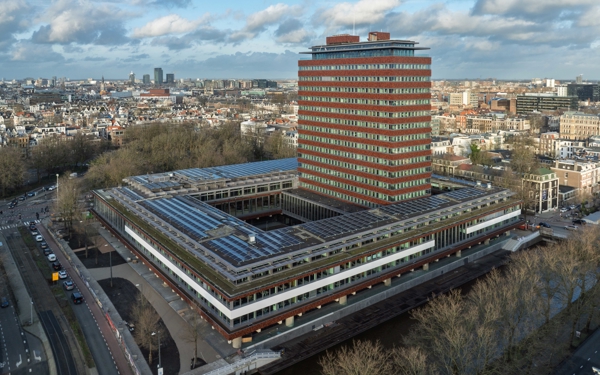The purpose of the CCyB is to increase banks' resilience as cyclical risks build up, and to release the buffer as soon as risks materialise. This gives banks additional headroom to absorb losses in bad times, and supports lending to businesses and consumers. This can limit the immediate impact of a crisis on the real economy. The CCyB applies to domestic exposures and has a mandatory reciprocity of up to 2.5%. Therefore, foreign banks with exposures in the Netherlands must also hold capital due to the 1% CCyB by 25 May 2023.
In accordance with our framework for setting the CCyB, we aim for a 2% CCyB in a “standard” risk environment, i.e. a situation where cyclical systemic risk is neither particularly high nor particularly low. In doing so, we seek to better take account of the inherent uncertainty involved in measuring (cyclical) systemic risk. We then determine the level of the CCyB on the basis of a varied set of indicators (including the credit gap shown in Chart 1) that interpret the phase of the cyclical systemic risk and compare it with a structural trend (Table 1).
The indicators point towards an initially smooth and robust economic recovery from the COVID-19 crisis, but the war in Ukraine and the increase in energy prices have slowed this trend down. While inflation has continued to rise, consumer and producer confidence have fallen, and growth expectations are also decreasing. However, financial institutions are still sufficiently resilient and rising interest rates are currently contributing to higher bank profitability. The housing market is showing the first signs of cooling, but nominal price declines remain limited for now. Taken together, cyclical systemic risks are currently at normal to elevated levels.
Against this background, we maintain our earlier decision to activate a 1% CCyB in the Netherlands from 25 May 2023. The CCyB contributes to maintaining the resilience of the financial system in the face of current uncertainties. The activation of the 1% CCyB in the Netherlands is a first step towards the 2% CCyB that we want banks to hold in a standard risk environment. We will closely monitor the risk picture and adjust the CCyB if necessary.




